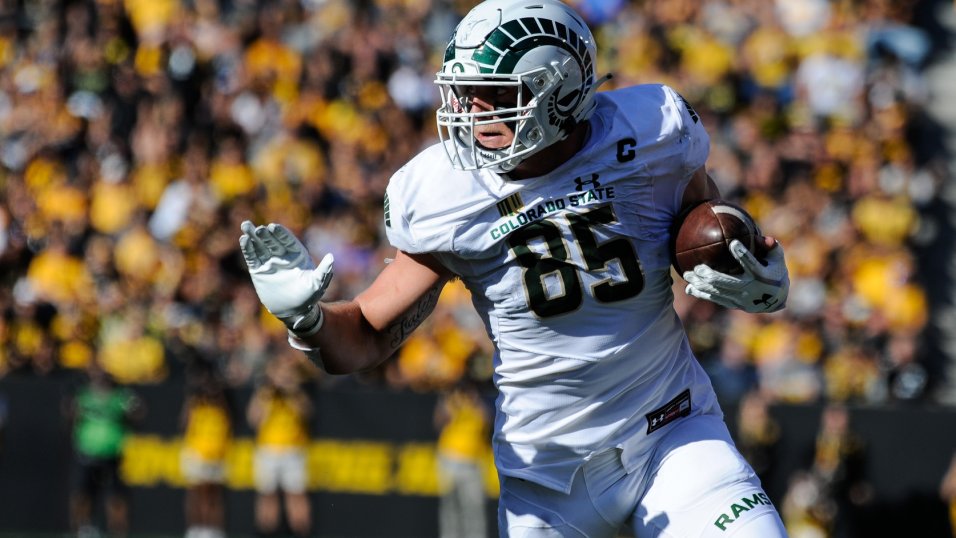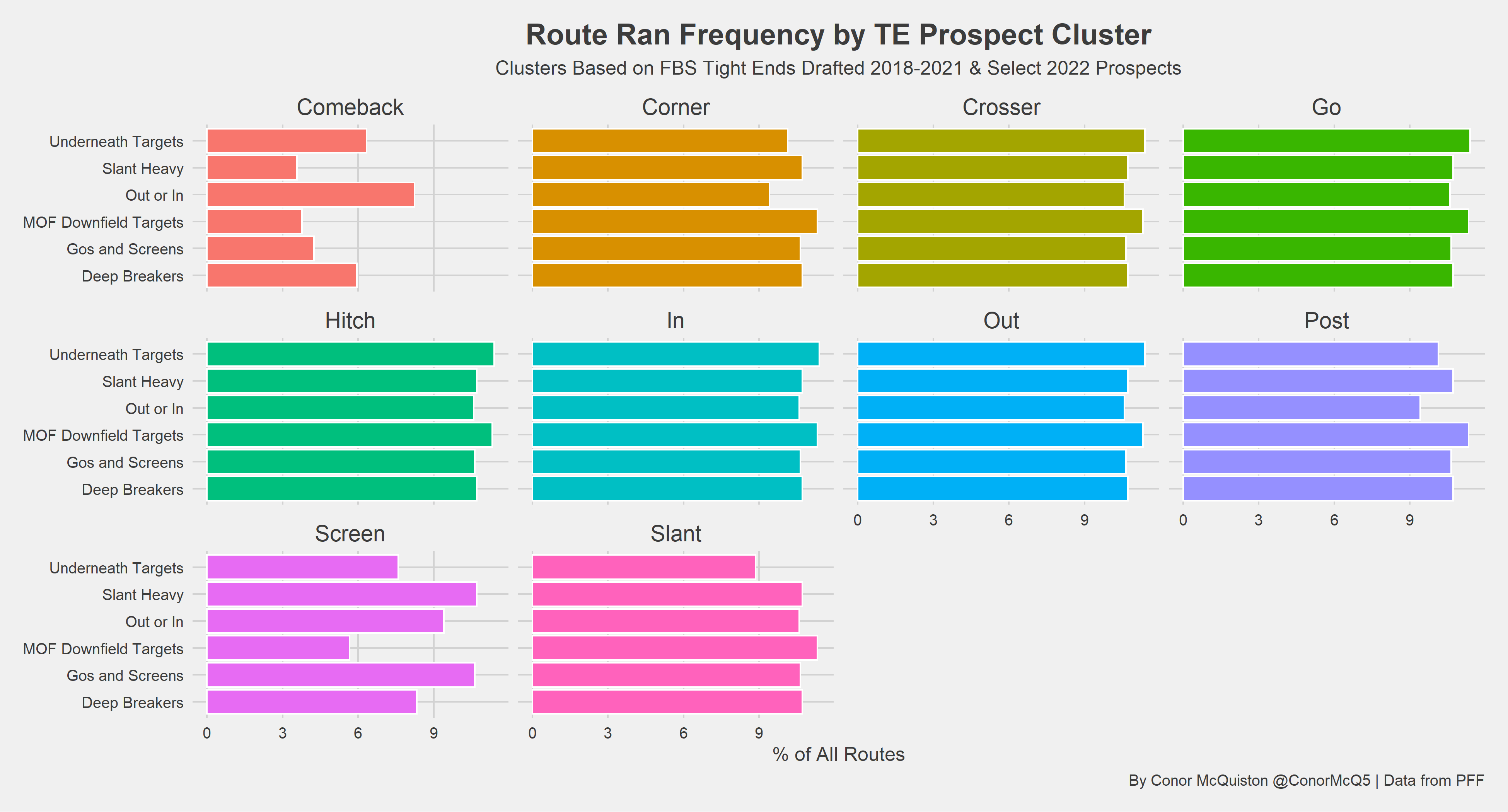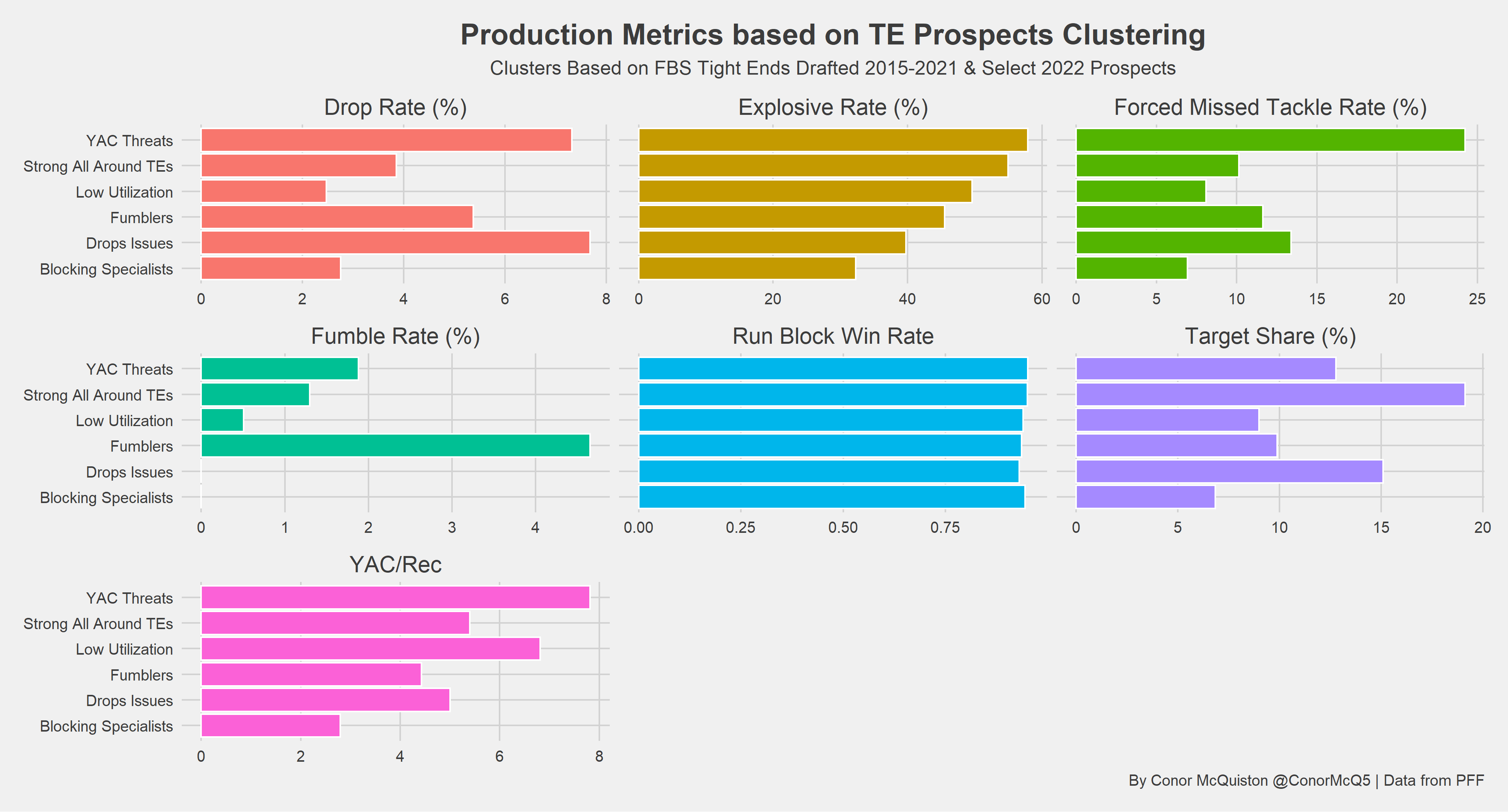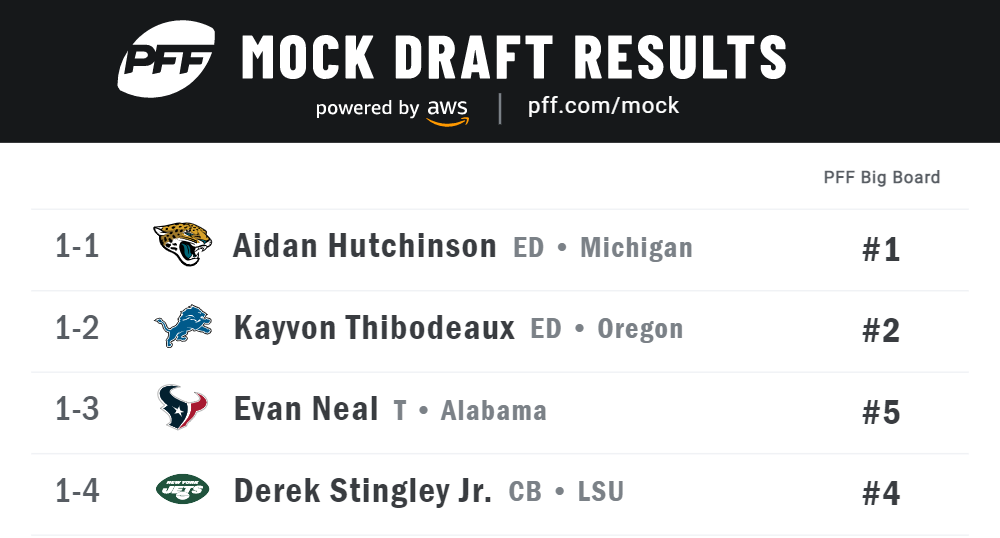Originally posted by Steve
View Post
and not sold on Davis, as not a fan of his intangibles, but do think he is (easily) worth 17 overall, as recall getting showered w/the same hubris re: Vea and how sure peoples were that he wouldn't be nothing but a part time player @NT.... I think it's fairly obvious how TB woulda done without him in the middle.... in fact didn't their playoff push coincide w/Vea's return ??
also know that a certain very confident poster here panned Dexter Lawrence, who again was not overly excited about him personally, but dude was anything but a bust, and got overdrafted by many peoples accounts.
and re: Davis, the bottom line for me, is look @how Georgia's defense was before he showed up, and do wonder how Georgia's D will be without him, and also wonder how some of his teammates are going to fare in the NFL, and without the benefit of Davis taking on all comers in the center of their D ??
reminds me of Star Lotulelei, and how disappointed I was that we didn't draft him, and I wasn't alone in that case, and.... still got grief post draft and for the years to follow for the same thing, that he was just an inconsequential oversized NT that didn't really impact the success of his team, didn't have any stats to back up his play, etc.
well, given all that, I did some follow up, and what I dug up was that Buffalo's D was considerably better post his arrival, and ditto for Carolina's after he arrived, and.... how short lived was Kawann Short after the departure of Star ??
there are others that am much more interested in, but again personally don't think it wise to write off Davis, as think the odds are that he is going to be a valuable contributor for someone, and really improve the defense as a whole, for whichever team drafts him.
will also add that have always liked Shelton for his intangibles, and still think he would be a solid rotational piece for us @NT.








Comment